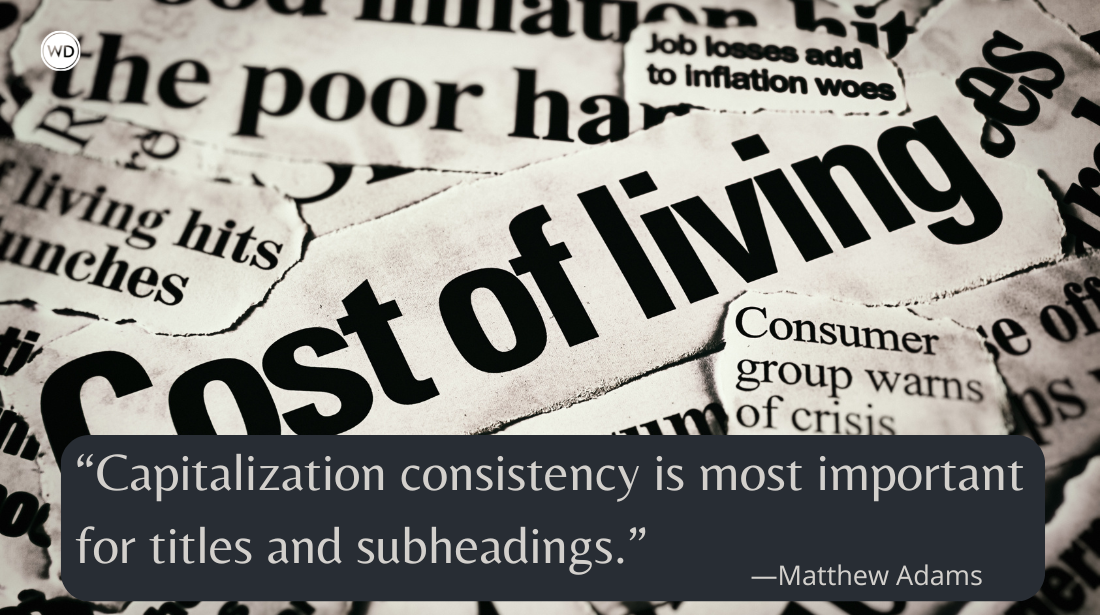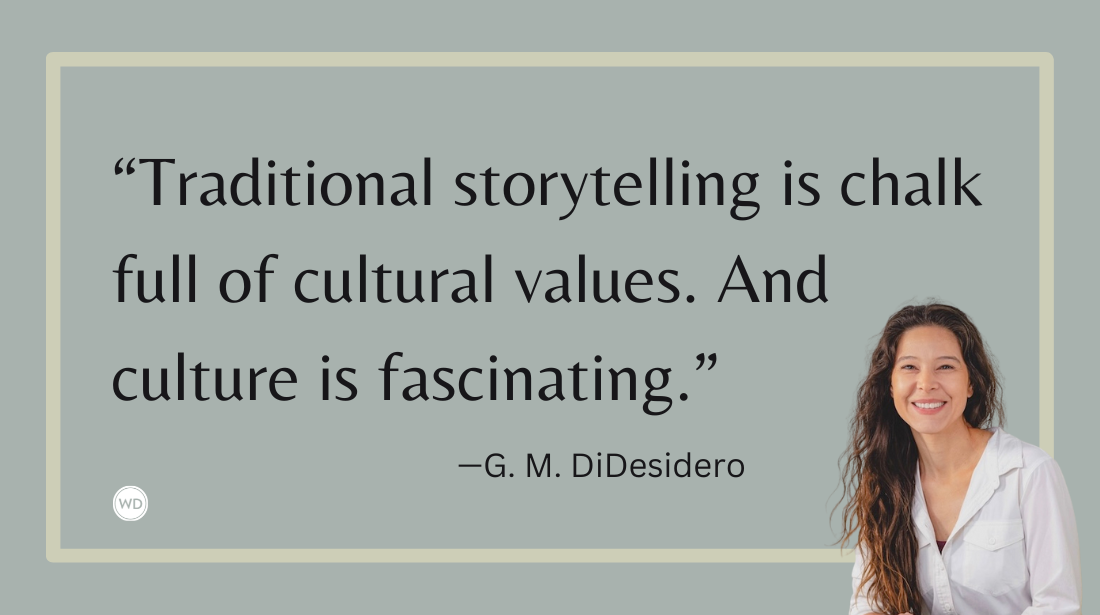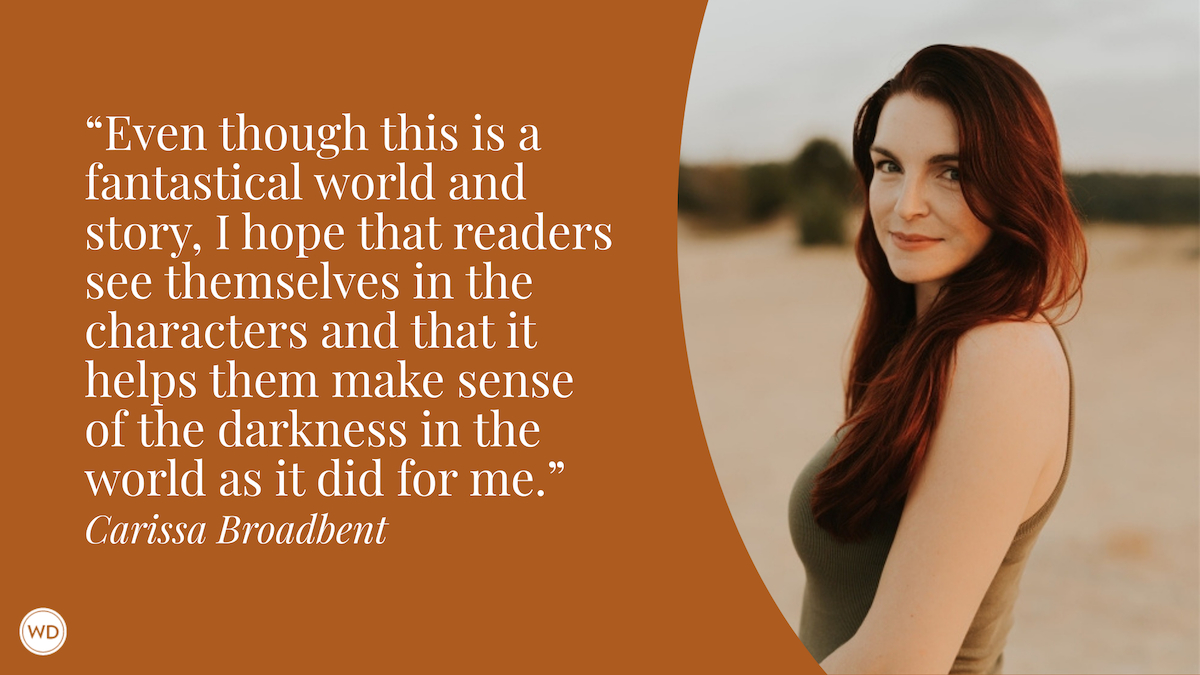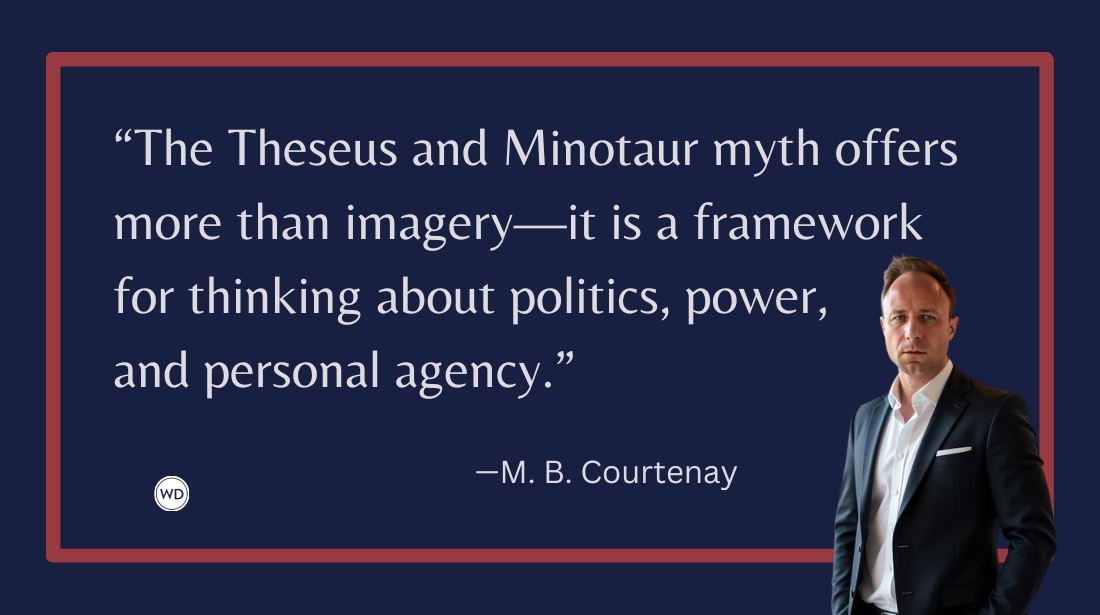5 Tips for Writing a Young Adult Romance To Make Your Readers Swoon
Young love comes with big feelings. Here, author Alison Schaffir shares 5 tips for writing a YA romance novel to make your readers swoon.
I admit it: I’m a bit of an imposter. Truth be told, I never had a teenage romance growing up. I always dreamed of the lingering glances, the passing of notes in the hallway, the rebellious nights where you’d stay out past your curfew. Books and movies made the formula for finding love look easy. Drop your books in front of your high school crush, engage in some flirty banter, exchange numbers, and voilà—let the romance begin.
While I may be past the age of the angst and heightened emotions that come from teenage love, I do have some advice to offer in that department. Now that I’ve (somehow) traditionally published a young adult romance, I’ve had the chance to dream up a story of my own. Whether you’ve lived a real-life teen romance or prefer to live vicariously through a fictional one, here are five tips for writing a young adult romance to make your readers swoon.
1. Consider how your two love interests will meet
Most great stories start with an inciting incident—an event that occurs that sets the story in motion. In a young adult romance, this initial plot-point is important, because it’s often the first time your two characters will meet. With this in mind, you’ll want to use this device to establish a connection between your two teens. This can be done through a mutual interest, an introduction between friends, a chance encounter, or even an awkward run-in.
While your lovers may have an immediate connection, you don’t need to establish a love-at-first-sight moment. Contrarily, your characters can also have a negative interaction. They may immediately dislike each other or clash at the beginning of the book. Whatever you do, be sure to focus on building the connection over the course of the story, so you keep your readers interested. Often, initial impressions are not what they appear, and your two leads will begin to see each other in a new light.
2. Create interesting main characters
When writing YA fiction, you’ll want to create main characters that keep your readers invested. There’s the misconception that in order to write a romance, you simply bring two attractive characters together who immediately fall for each other. But like real life, your characters will need attributes that go beneath the surface to make them believable. Focus on qualities that add depth, such as backstories, personality traits, quirks, and motivations, rather than simply how they look. This way, your characters will fall for the real person, not just the surface-level appearance.
Additionally, you want to make sure your characters have real flaws and shortcomings. If your characters come across as too “perfect,” this will feel less authentic to your readers. One way you can do this is by taking a positive quality and considering the downside or extreme version. For example, your main character could be kind-hearted but also a people-pleaser who doesn’t set enough boundaries. Similarly, your love interest may be ambitious, but they work so hard that they neglect their loved ones in the process. Whatever you do, make sure your characters feel like living, breathing humans with their own insecurities and hardships.
3. Build the chemistry over time
Let’s talk flirty for a moment. With many YA romance novels, there’s an early element of attraction. But once you get past the butterflies and starry-eyed glances, you need to showcase real emotions and vulnerability. Maybe there’s an inside joke between them, a shared mission they’re on, a secret they have to keep, or a competition they’re competing against each other for. Whatever the connection point, there should be something between the characters that brings them together and causes emotions to build.
Think about common tropes like childhood sweethearts, enemies to lovers, forced proximity, or fake dating. While these tropes fit a certain formula, there’s a reason they work so well—because they build tension and create anticipation of whether the characters will end up together or not. If you employ these devices throughout your story, you’re more likely to create a slow build where the main characters come together organically.
4. Determine the obstacles between the characters
In real life, we dream of a calm, smooth-sailing type of love. Yet with young adult romance, we have to buckle up our seatbelts for a rollercoaster ride. After all, if two characters end up together without any conflict, there’d be no point to continue reading. We want to see the characters fight for each other, persevere, and conquer any barriers to be together.
In adolescence, there’s also miscommunication, heightened emotions, and lack of experience coming into play. With these elements, there’s plenty of room for mistakes, especially if this is the characters’ first relationship or first love. On top of that, young adults have a lot going on in their lives. Between family, friends, school, college, and figuring out their identities, try throwing romance into the mix too. With all these complicated factors, the question becomes, how much can your protagonist handle, and what will happen if they reach their breaking point?
5. Contemplate your HEA ending (or lack thereof)
While a pillar of the romance genre is often the HEA (Happily Ever After), this is not always the case for young adult romance. Even though many young relationships blossom in high school, the reality is that most of these couples won’t stay together forever. This doesn’t mean the relationship was a failure or shouldn’t have been explored. If anything, it’s quite the opposite. These young relationships are impactful, leading to significant self-discovery and setting the precedent for future relationships.
While you may be tempted to end your story on a high note, it’s also acceptable to conclude a young adult romance with a “happy for now” or a hint of ambiguity. Even if your characters don’t end up together in the end, you can still focus on their opportunities for growth or how they define themselves as individuals. Whatever you choose, do what makes sense for your narrative, and end your story with intention.
Alison Schaffir is a social media strategist and young adult author living in New York City. A lover of contemporary fiction, Alison developed her debut novel, Your Dream for Me, fusing two of her favorite interests, fashion and theater, together. She graduated from University of Richmond with a major in business marketing and a minor in psychology. When she’s not making up stories in her head, she loves indulging in Trader Joe’s lava cakes, belting early 2000s pop hits, and spending time with her friends and family.









